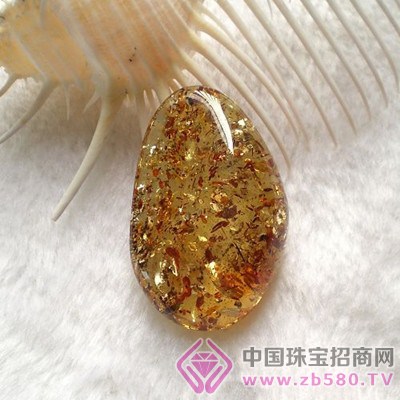
In the East, whether it is Persia, Turkey or China, amber has a different status since ancient times. Amber is light and warm, born in the pines and cypresses, buried deep underground for thousands of years, and the essence of thousands of years of heaven and earth will become the soul of the collection time. Amber was formed roughly 40,000 to 60,000 years ago.
Amber formation
There are three main raw materials for amber, one is sea bleaching material, the other is open-pit coal mining, and the sand is the amber that is derived from clay rock and sandstone. But these three amber formations are the same. Thousands of years ago, the resin secreted by conifers was buried underground. After thousands of years of high temperature and high pressure, chemical changes were formed, which formed amber. In the process, the amber shape formed due to the different environments and temperatures formed. It will be different.
According to the color and characteristics of amber, amber can be divided into the following types:
Jinpo: Golden yellow to bright yellow transparent amber, no red tone. When exposed to ultraviolet light, it emits bright blue-white fluorescence. More special will be accompanied by purple, blue and green in the gold, also known as Golden Blue, Golden Green and Liu Qingpo.
Blood: As a result of shallow burial in the ground, amber is gradually oxidized to form a red color with high transparency. The ultraviolet fluorescence is blue-green or white-green, and the texture is more green. Mainly produced in Myanmar
Lanpo: purple blue to blue amber, and the sky blue is the best blue lop, produced in Italy. The blue-fluorescent amber produced in Dominica is actually yellow to brownish in color and is also known as blue peper on the market.
Beeswax: golden yellow, brownish yellow, egg yellow, translucent, waxy luster or resin luster. The specific gravity is 1.05-1.10. The most common beeswax is mainly produced in the Baltic Sea and the Nordic yellow beeswax.
In recent years, white wax has also become popular, and prices continue to rise. The main producing areas of ash are the coastal countries of the Baltic Sea, Russia, Poland, Ukraine and other countries. The color of ash is the highest in ivory. Pure and no impurities, high whiteness, no yellow, good moisture, and the best white wax is not dry. Fine white wax can reach hundreds to thousands of grams. In the white wax, there are many dry and loose materials, and the price of this material is lower than 1/3 of the fine material.
Gold twisted honey: A yellow entangled amber formed by a combination of transparent gold platters and translucent wax.
Flower: Amber with a variety of colors and uneven color. Huapo has a low melting point, is easy to melt, is afraid of drying, is afraid of heat, and should be protected from direct sunlight when stored. Most of the flower buds on the market today are formed by heating.
Pergan: Peren is a special variety of amber, belonging to the amber of the amber, mainly yellow and brownish yellow, and forms a dark mottled white mottled texture, also has a creamy yellow and brownish yellow interlaced color, Polished to give a marble-like pattern. This type of pel is divided into two types: half root and half pel.
Note: Coba resin is commonly used in the market to pretend to be amber. Coba resin is formed later than amber. It is prolific in New Zealand, Malaysia, Africa's Madagascar Islands and Colombia in the Americas. Usually petrochemical age is less than 2 million years, and amber. It was formed roughly 40,000 to 60,000 years ago. The physical parameters and hot needle reaction of Coba resin are no different from amber. The main identification method is that the infrared spectrum of the two resins is different. The surface of the coba resin is dripped with ether, and the resin is softened and sticky by hand rubbing. Dissolved.
Light Out Curtains,Light Out Curtains 63 Inch,Blue Curtains With Rod Pocket,Custom Light Out Curtains
SHAOXING DONGAN TEXTILE CO.,LTD , https://www.yakamokhd.com